Rites of Spring: Gajan in Village Bengal
Synopsis
The rituals and narratives of Gajan dominate the spring season in the villages of Bengal. It is a ritual of the common village people created from indigenous sources and heavily laden with symbols of fertilization and reproduction. Rites of Spring Analyzes the meaning of these narratives and their social and historical contexts. In origin, Gajan was a type of worship peculiar to Dharma Thakur, a form of the supreme being not known outside Bengal. Today it is commonly associated with the worship of Siva, who has gradually replaced Dharma as the presiding God of the Gajan. But he is the Siva of the rural people: a householder, a beggar and poor provider for his family, shamed by his wife until he turns to farming. As the end of the annual calendric cycle approaches, ordinary cultivators and householders turn from their daily work to become Gajan Sannyasis. When the Gajan is done, they give up their sacrificial identities, rejoin their families, and return to their daily work. While they are sannyasis they undertake arduous ordeals that mimic the self-sacrifice of Lausen, epic warrior-hero of middle period Bengali Dharma Mangal-kavya literature. Through its dramatic actions, the Gajan lays out the beliefs of ordinary Bengali villages about their lives, their families, and their works.
Read more
41.40
37.26
$
46.00 $
Free delivery Wolrdwidе in 10-18 days
Ships in 1-2 days from New Delhi
Membership for 1 Year $35.00
Get it now and save 10%
Get it now and save 10%
BECOME A MEMBER

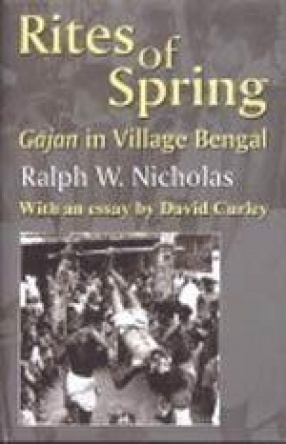

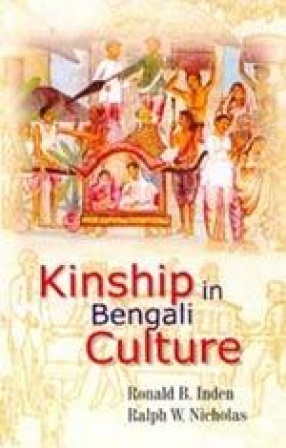
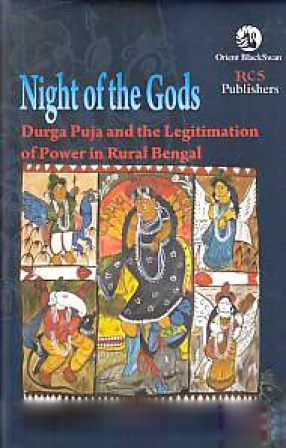
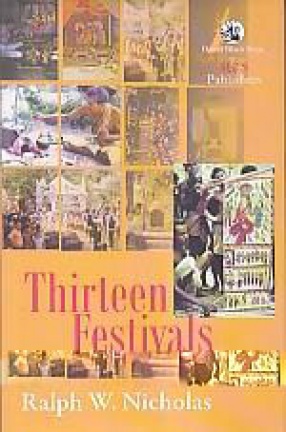

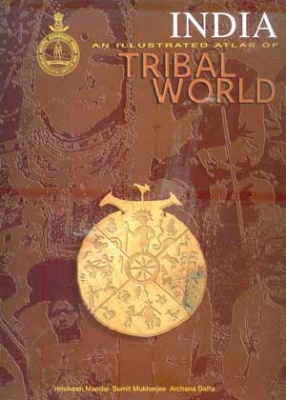

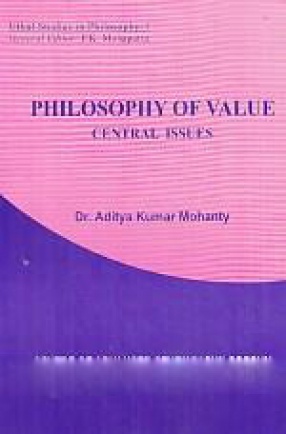

Bibliographic information